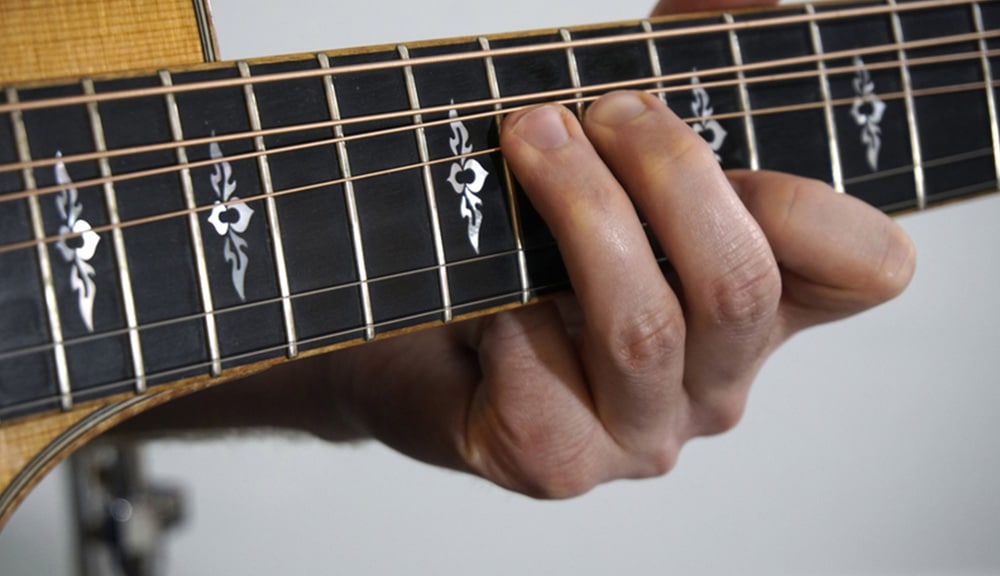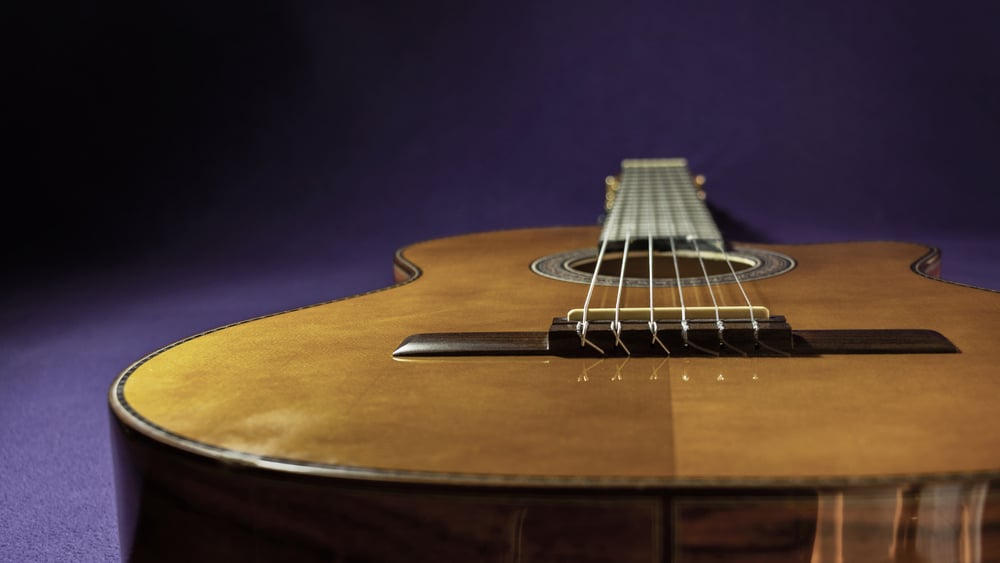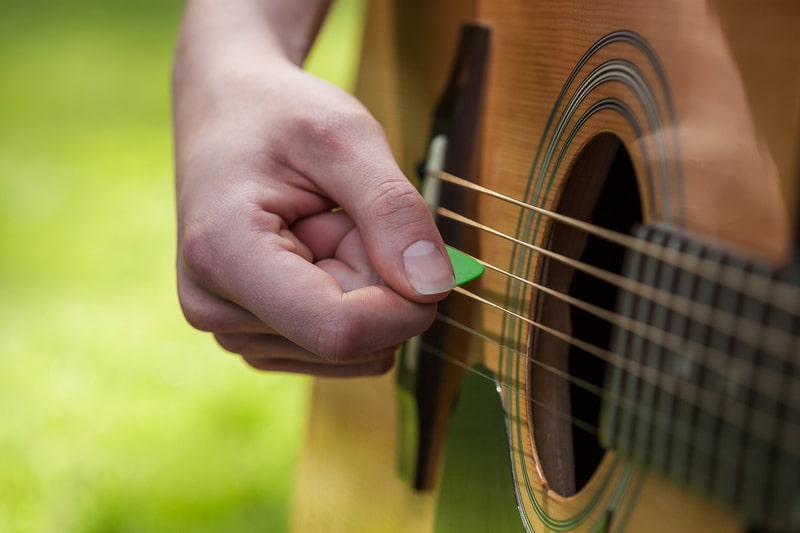
The guitar is often called the king of musical instruments, and for good reasons. Its versatility, portability, and affordability give it an edge over other musical instruments. Whether you like heavy metal or folk music, you can play all genres using a guitar. It can even play those songs that do not have any guitar parts.
With that out of the way, strings are one of the most important components of any guitar. They enhance your playability by improving your guitar’s tone. They rest on the bridge and the nuts of your instrument. Whether using a mid-range guitar with basic features or a flagship one, you will need the right strings for the best playability.
For their optimal performance and long life, using guitar strings with care is recommended. They need regular cleaning as they absorb sweat from your fingers. If not cleaned, they can get rusty over time, causing all sorts of intonation and tuning problems. Bending problems are also quite common with the guitar strings.
Bent guitar strings are often associated with poor intonation and inaccurate tones, so it is important to fix them to get your desired tones. However, fixing them can be challenging if you do not have enough knowledge.
Today, we will discuss common reasons for bent guitar strings and what to do if your guitar strings have bent. Furthermore, we will also tell you how you can avoid this problem in the first place. Let’s delve deeper without any further ado!
How to Solve Guitar String Bending Problems
Here is how to fix bent guitar strings.
- Too Much Tension
One of the most common reasons for bending guitar strings is too much tension. If you have tied the strings too tight, this will cause excessive tension between them. And if there is extreme tension, you will likely face this problem. It is important to have the right tension between the guitar strings.
Too much tension between your guitar strings will also affect your tonal quality, and you will get an increased pitch. You won’t get proper resonance from your strings, and it will affect your overall playing experience. To worsen the situation, it can even cause your guitar strings to break.
It is pertinent to mention that keeping the strings loose is not recommended either. While tight strings may cause bending problems, loose strings will give you inconsistent tones. You will hear a very sharp tone one minute, and then it suddenly changes.
It is important to understand a few factors to choose the right tension between guitar strings. The first thing is the guitar’s scale length. It is the distance between the nut and saddle of your guitar. It is also called the tonal area of a guitar as it defines the tonal characteristics of any guitar.
The scale length may differ depending on your model. Guitars manufactured by Gibson have a shorter scale length. In contrast, it is a bit longer on the Fender guitars. The strings will feel tighter if your guitar has a longer scale length.
However, it is important to point out that the difference in the distance is quite negligible, and it does not make much difference. The gauge of the strings is another important factor. The gauge of the strings refers to their thickness and is measured in 1/1000th of an inch.
This mainly depends on the materials of your guitar strings. These strings are made of various materials, including steel, cobalt, copper, etc. Heavier guitar strings are usually preferred as they produce a brighter tone. It is recommended to keep them tight for a bright and lively sound.
Thanks to this high tension between the guitar strings, heavier strings have more sustain than the lighter ones. So, choose the guitar strings according to your playing style. It all comes down to your personal preferences. You can use light guitar strings with more tension if you like tight sounds.
On the other hand, if you are into bright tones, you cannot go wrong with thicker guitar strings. Furthermore, make sure to adjust the action of your guitar strings properly. It refers to the distance between the strings and your guitar’s fretboard.
The guitar strings’ action mainly depends on your playing style. If you have an aggressive playing style, consider keeping the action higher as you’d want to strum the strings hard.
- Picking Them Too Hard
The guitar strings are strummed to produce the sound. However, there is a certain way to strum the strings. If you strum gently, it will result in a lighter tone. As opposed to this, if you strum hard, you will hear a louder tone. Some beginners make the common mistake of strumming the strings violently.
Not only does it make your guitar sound bad, but it also damages the strings by causing the bending problem. To top it all off, strumming the strings hard for a long time can also lead to painful wounds on your fingers. So, if you have been strumming hard, consider striking gently to avoid the guitar strings bending problem.
- High Temperature
It may be often overlooked, but temperature can also impact your guitar strings. It may change your guitar’s thickness by expanding or contracting the strings. If you are playing the guitar aggressively for longer periods, it will increase their temperature and cause them to expand.
Once your guitar strings get back to normal temperature, they will contract. This ultimately changes the tension between the strings and will also affect your guitar’s overall tone. Furthermore, this change in tension also causes the guitar strings bending problem. This is why it is important to check the guitar strings materials before buying.
Another thing to consider is your playing style. If you enjoy playing aggressive genres, you will likely face this problem. So, make sure to choose the set of strings made of the right materials to handle the temperature change better.
- Use a Pick
It is advised to use a pick to increase the longevity of your guitar strings. As its name suggests, it is a tool used to pick the strings of a guitar. A guitar pick benefits you in many ways. For starters, it gives you a brighter and richer tone. You will notice this change in the sound as soon as you start playing with a pick.
The sounds produced with a pick also tend to be louder. Furthermore, it is seen that strumming the strings with hands causes them to bend. So, one way to avoid this problem is to use a guitar pick.
In addition to that, it also ensures your fingers’ safety and keeps them protected from those painful cuts. This is why beginners are often advised to use a guitar with a pick.
The Bottom Line
Guitar strings are crucial for your guitar’s performance as they make it sound better. However, they can get bent over time due to several reasons. Adjust the tension between the strings properly and strum them gently to avoid this problem.
Furthermore, it is a good idea to use a pick to improve their longevity. If you have tried all the solutions and nothing fixes your guitar strings, replacing them is the only solution.




